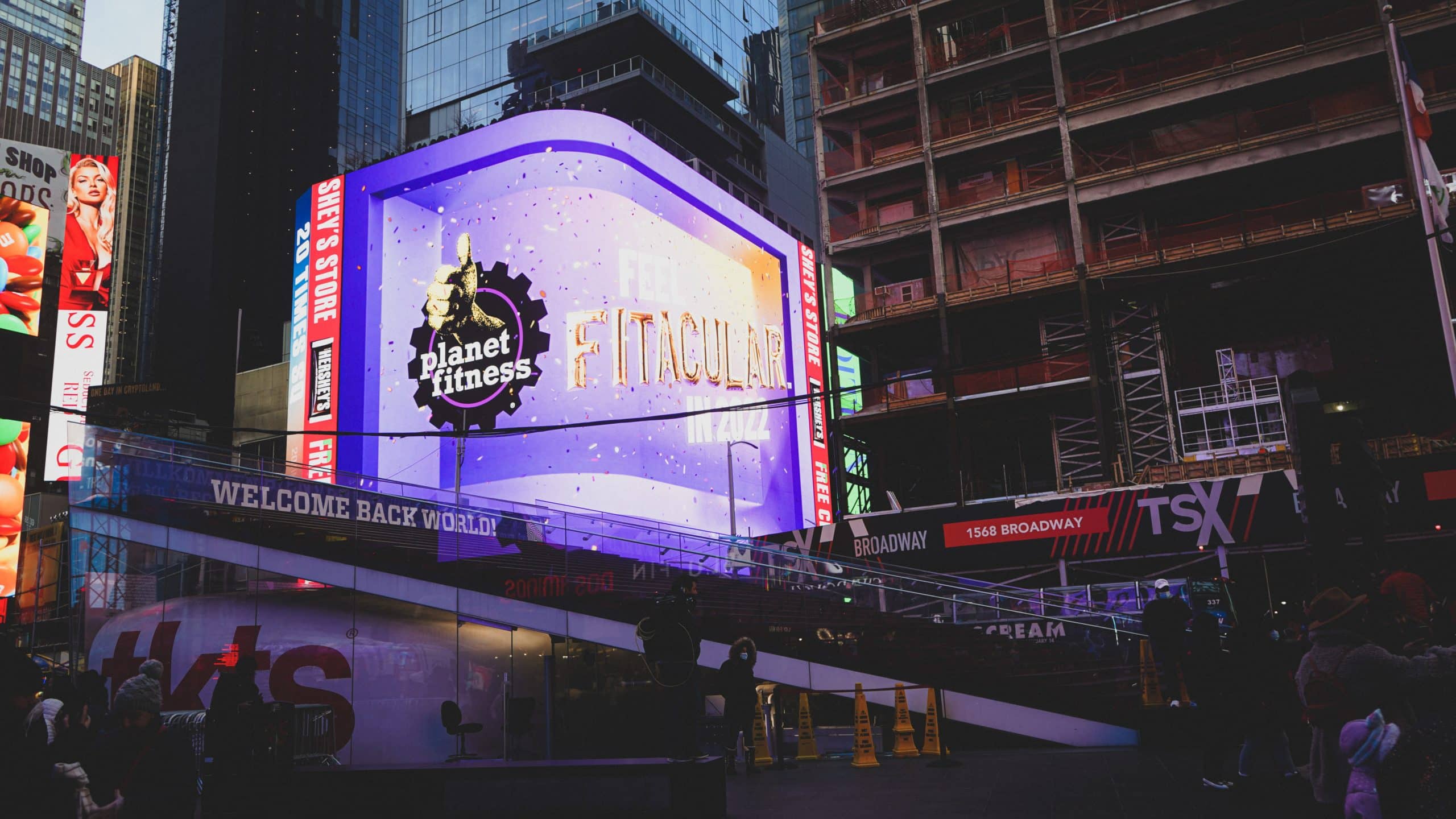Introduction: The Popularity of 24-Hour Gyms
In recent years, the popularity of 24-hour gyms has skyrocketed. With busy schedules and demanding work hours, many individuals find it difficult to make time for exercise during traditional gym hours. 24-hour gyms offer a solution to this problem, allowing members to work out at any time of the day or night. This convenience has made 24-hour gyms a popular choice for those looking to maintain an active lifestyle.
The Business Model of Planet Fitness
One of the most well-known 24-hour gym chains is Planet Fitness. The company has built its business model around offering low-cost, high-volume memberships. By keeping membership fees low and focusing on creating a non-intimidating environment for members, Planet Fitness has been able to attract a large customer base.
The company’s “Judgement Free Zone” policy is a key part of its business model. This policy emphasizes creating a welcoming and non-intimidating environment for members, regardless of their fitness level or experience. This approach has been successful in attracting individuals who may feel uncomfortable in traditional gym settings.
The Cost of Operating a 24-Hour Gym
Operating a 24-hour gym comes with additional expenses compared to traditional gyms. These expenses include increased staffing costs, security measures, and utilities. These costs can impact membership fees and profits for gym owners.
To offset these costs, some 24-hour gyms may charge higher membership fees or require longer contract commitments from members. However, this can be a difficult balance to strike, as higher fees may deter potential members.
The Demographics of Planet Fitness Members
Planet Fitness has targeted a specific demographic with its business model. The company focuses on attracting individuals who are new to fitness or who may feel intimidated by traditional gym settings. This demographic tends to be younger and less experienced in fitness.
Planet Fitness members also tend to have different workout preferences than those at traditional gyms. Many members prefer cardio machines over weightlifting equipment, and group fitness classes are also popular.
The Availability of Staff and Resources
Staffing a 24-hour gym can be challenging due to the need for round-the-clock coverage. This can require hiring additional staff or implementing shift schedules for existing employees. Additionally, maintaining equipment and facilities requires resources that may not be necessary for traditional gyms.
To address these challenges, some 24-hour gyms may limit access to certain areas or equipment during off-hours to reduce the need for staffing and maintenance.
The Impact of Local Regulations and Zoning Laws
Local regulations and zoning laws can impact the ability of gyms to operate 24 hours a day. Some areas may have noise ordinances that restrict gym hours or require additional soundproofing measures. Additionally, obtaining permits for 24-hour operations can be challenging in some areas.
These regulations can impact the ability of gym owners to offer 24-hour access to their facilities, which can limit their potential customer base.
Conclusion: The Future of 24-Hour Fitness Centers
The popularity of 24-hour gyms is likely to continue in the future as individuals seek out convenient options for maintaining an active lifestyle. However, balancing the needs of members with the costs of operating a 24-hour gym will continue to be a challenge for gym owners.
As more 24-hour fitness centers enter the market, competition will increase, which could lead to lower membership fees or more innovative business models. Ultimately, the success of 24-hour gyms will depend on their ability to meet the needs of their target demographic while remaining financially sustainable.
